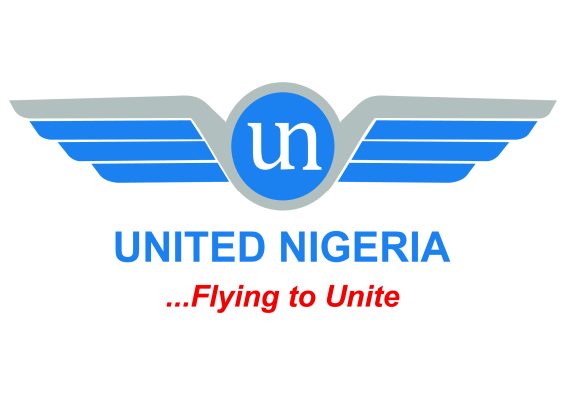Africa Cup of Nations 2017 draw highlights most open tournament in years

The balls are out and the groups have been determined, but it is no clearer who the likely winner of next year’s Cup of Nations will be
Tournament football is often anti-climactic due to the very structure, which centres on seeding. The idea, which is to ensure quality is spread out over the duration of the tournament, lends itself to group stages which are uneven. As such, the favourites assert the superiority in the early going, making for excitement, but as the knockouts begin, there is a tailing off.
Aside the inherent caginess which the knockout system demands, there is less of a gap in quality between the remaining competitors, and so scorelines, and the sense of adventure, shrink.
However, a look at the draw reveals only Group A, based in the capital, to be particularly straightforward. Interestingly, and perhaps for the best considering local interest, the hosts are top seeds, and are drawn with Burkina Faso, five-time champions Cameroon and debutants Guinea-Bissau.

The sternest examination will come from the Indomitable Lions, whom Gabon face in the final round of group games on the 22nd of January.
First though, they contest the opening game against Guinea-Bissau, who count Zambia among their victims en route to the finals. A win there is imperative for the Panthers, and they will come under immense pressure from the home support to get off on a strong foot.
Cameroon are themselves something of a mixed bag, and are still working out an identity under Hugo Broos. Being situated on the weaker side of the draw serves them well, they can avoid the likes of Ivory Coast and Egypt – both teams with recent good records against the Indomitable Lions – until at least the semi-finals.

Group B is a lot less easy to call, but Algeria are favourites, in spite of the fact they do not as yet have a coach contracted.
Their array of attacking talent though is impossible to ignore, and an opening victory over Zimbabwe would certainly get their confidence flowing. Both sides met in the group stage ten years ago, with the Brave Warriors pulling off a shock 2-1 win though, so the Desert Foxes must be wary of complacency.
The other qualifying spot will be contested by either of Tunisia or Senegal. The former have greater pedigree in the competition, but have underwhelmed in recent tournaments with an overly physical brand of play and a heavy reliance on set-pieces. Senegal, on the other hand, are riding a wave, and have the talents of Sadio Mane and Balde Keita upfront.
This may finally be the time luck runs out for the Carthage Eagles.

Oyem is the setting for the reigning champions Ivory Coast to commence the defence of a title that achieved Holy Grail status for them over the best part of a decade. Herve Renard, who presided over that cathartic penalty shootout triumph over Ghana in Malabo, is now in charge of Morocco, and will relish a reunion with the team he led to their destiny.
Michel Dussuyer has a task on his hands though: his Elephants are still finding themselves, but there will be no time for introspection – Togo are first up, with former African Footballer of the Year Emmanuel Adebayor in their ranks.
DR Congo up next promises to be a real cracker, as the Leopards are tournament dark horses and are in irresistible form at the moment in World Cup qualifying.
It is to Port Gentil though that we look for the real Group of Death: Ghana, Egypt, Uganda and Mali, chance’s idea of an inside joke. The first three share the same group in World Cup qualifying, and this may well serve the secondary purpose of scouting the opposition beforehand. In the mean, the Black Stars must be sick to death of Uganda’s Cranes, being winless in the last three games against Micho Sredojevic’s side.

Egypt are making a return to the continent’s grand stage, and may have hoped for a softer landing.
Mali are dour and workmanlike, but may have the edge on recent tournament experience in the race for a qualifying spot. While there are question marks over Ghana, they are a side for the big occasion: there were similar concerns over them in 2015, when they went all the way to the final.
Indeed it would seem that, more than ever before, it is harder to divine a favourite. Every major side has a caveat, every upstart team feels a tad short of a proper challenge. However, while the lower half of the draw is the big attraction, the groups based in Libreville and Franceville are perhaps better placed to emerge from their half with momentum.
Crucially, the presence of Guinea-Bissau, Zimbabwe and grossly overrated teams like Burkina Faso and Tunisia means there is greater margin for error than in Oyem and Port Gentil. This may prove crucial in the latter stages, when the toll of games sets in – the option to rest players at the end of the Groups A and B having already qualified may well decide next year’s Afcon.








